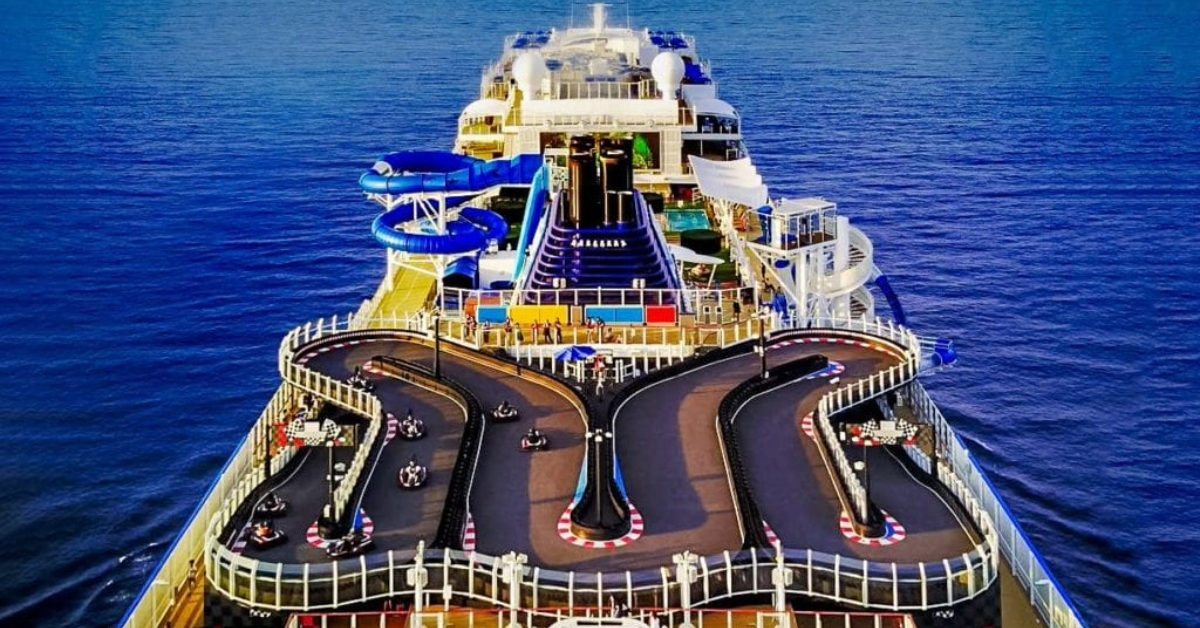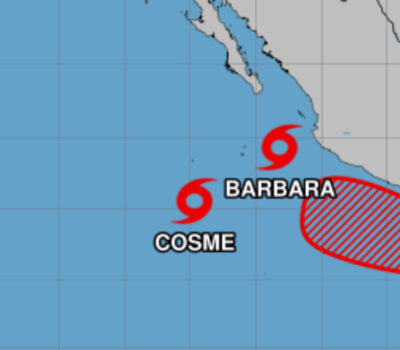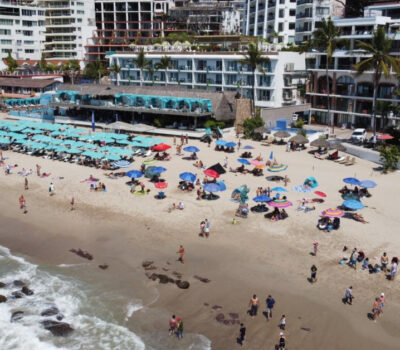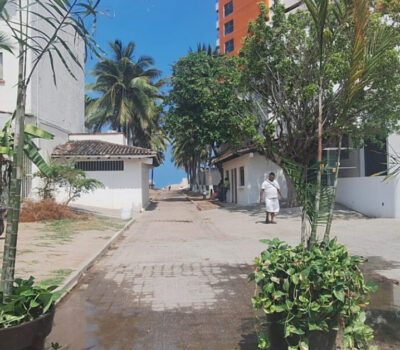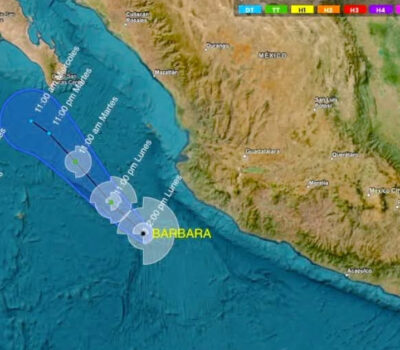Ports strengthen to welcome larger cruise ships to the Mexican Riviera, boosting passenger volume by 10–15% next year with new vessels—yet Puerto Vallarta needs dredging and dock upgrades to stay competitive.
hipping lines have confirmed plans to deploy larger cruise ships to the Mexican Riviera beginning next year, aiming to boost passenger traffic across Pacific coast ports. Arturo Musi Ganem, president of the Association of Cruise Ship Tourism Companies (AMEPACT), said the move will drive a 10–15 percent rise in annual arrivals once the new vessels start calling.
Musi Ganem noted that the recent lull—just three cruise ship arrivals this month in Puerto Vallarta—reflects the typical low‐season pattern. “When the low season arrives, ships head to other destinations,” he explained, pointing to the Caribbean and Alaska as preferred winter routes. He expects the schedule to rebound by October, ushering in the high‐traffic season.
Early indicators of the shift are already visible. Carnival Cruise Line recently confirmed that the Carnival Panorama will operate two six‐night voyages from Long Beach, California, to Cabo San Lucas and Ensenada this month—omitting Puerto Vallarta and Mazatlán from its winter roster. A similar itinerary is slated for July, marking a temporary reduction in weekly visits from that vessel.
Despite these adjustments, Musi Ganem remains optimistic. “Next year I expect it to increase by 10 to 15 percent because there are new ships and several have already announced they are coming to this part of the Mexican Pacific. We have to be alert,” he said, highlighting the competitive opportunity for all Riviera ports.
However, he cautioned that port infrastructure must keep pace with the larger ship designs. Oasis‐class vessels, among the largest passenger ships in the world at over 225,000 tons, are slated for Riviera itineraries. By comparison, the biggest ship to visit Puerto Vallarta so far is the 168,000‐ton Norwegian Bliss. Musi Ganem warned that without significant upgrades, some ports could lose out.
“Vallarta has a problem: if the dock isn’t dredged to the required 70 meters, that will severely limit it. I hope there’s investment so we can bring in larger ships, the Oasis Class, and thus increase passenger volume,” he said. Dredging to 70 meters would allow these mega‐ships to berth safely and tap into the region’s rising demand.
Local authorities and port operators face key decisions on funding and timelines. Investment in deeper channels, reinforced quays, and expanded passenger terminals will be crucial. Municipal officials have signaled willingness to partner with federal agencies and private investors but have yet to commit to a concrete schedule.
Industry analysts say the Mexican Riviera stands at a crossroads: ports that modernize effectively will capture the new wave of cruise traffic, while those that lag risk being bypassed. For Puerto Vallarta, which relies heavily on cruise‐ship tourism, the stakes are high. Enhanced infrastructure could translate directly into increased hotel bookings, restaurant visits, and local‐tour growth.
Musi Ganem concluded with a call to action: “If we don’t strengthen our infrastructure now, it will become increasingly difficult to compete.” With larger cruise ships to the Mexican Riviera on the horizon, the window for upgrades is narrow—but the potential payoff is substantial.
Ports strengthen to welcome larger cruise ships to the Mexican Riviera, boosting passenger volume by 10–15% next year with new vessels . . .

